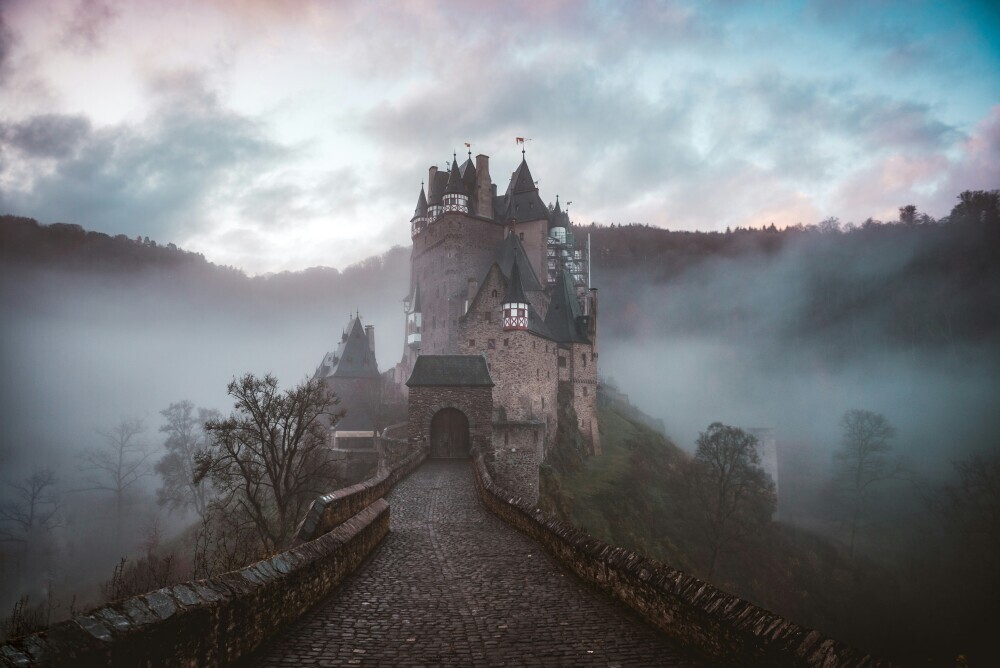
Settings in storytelling are like the anchor of your tale. They bring the story to life, giving characters a place to breathe and move and live. It’s more than just a backdrop; it tells readers where everything happens, and even why it matters.
The mood and atmosphere of a story often hinge on the setting. Picture this: a dark, stormy night in an old castle versus a sunny afternoon in a park. The setting can turn an ordinary scene into something extraordinary, setting the tone for what’s to come. It helps paint feelings without you needing to lay out every emotion on the page.
Settings work behind the scenes, shaping characters and driving the plot without most folks even noticing. Think of a gritty city impacting a detective’s outlook or a small town shaping a kid’s big dreams. The environment affects decisions and actions, offering readers insight into the deeper layers of your characters. It’s like an unspoken character of its own, constantly guiding the narrative forward.
Techniques to Craft Evocative and Memorable Settings

Crafting settings that linger on in your readers’ minds requires tapping into all the senses. Detailed descriptions that evoke sight, sound, smell, taste, and touch can transform flat words into vivid experiences. Imagine the smell of freshly cut grass, the sound of distant waves, or the flicker of neon lights at dusk. These sensory details don’t just inform—they immerse.
To create worlds that leap off the page, integrate rich cultural and historical elements. Even if you’re building fantastical settings, grounding them in reality with familiar cultural cues or historical parallels helps readers connect. Think about adding unique customs, local legends, or architectural styles that give depth and authenticity.
Striking a balance between realism and fantasy is key in setting creation. Authoring a believable setting, whether rooted in real locales or dreamt-up lands, requires consistency. Details should fit seamlessly, whether they’re enchanted forests or bustling downtown alleys. Readers need a dose of authenticity to suspend disbelief and fully engage in the world you’ve crafted.
Enhancing Emotional Resonance through Thoughtful Setting Construction

Settings have this magical ability to tug at our emotions, shaping experiences that resonate deeply with readers. By carefully crafting settings, you can evoke a strong emotional connection or empathy towards your characters. Picture a lonely road that echoes the protagonist’s isolation or a bustling fairground that highlights their joy.
Your setting can mirror the emotions of your characters, amplifying their journeys and themes. A stormy sea might echo inner turmoil, while a calm meadow might signify peace and resolution. These reflections enrich the narrative, subtly guiding the reader’s interpretation and emotional response without being overtly explicit.
Think of the setting as an invisible thread weaving through the story, adding layers of meaning and subtext. A setting can offer symbolism or serve as a foreshadowing tool, hinting at future events or underlying themes. When done thoughtfully, your setting becomes more than a physical place—it transforms into a silent narrator, speaking volumes about the story’s essence.

